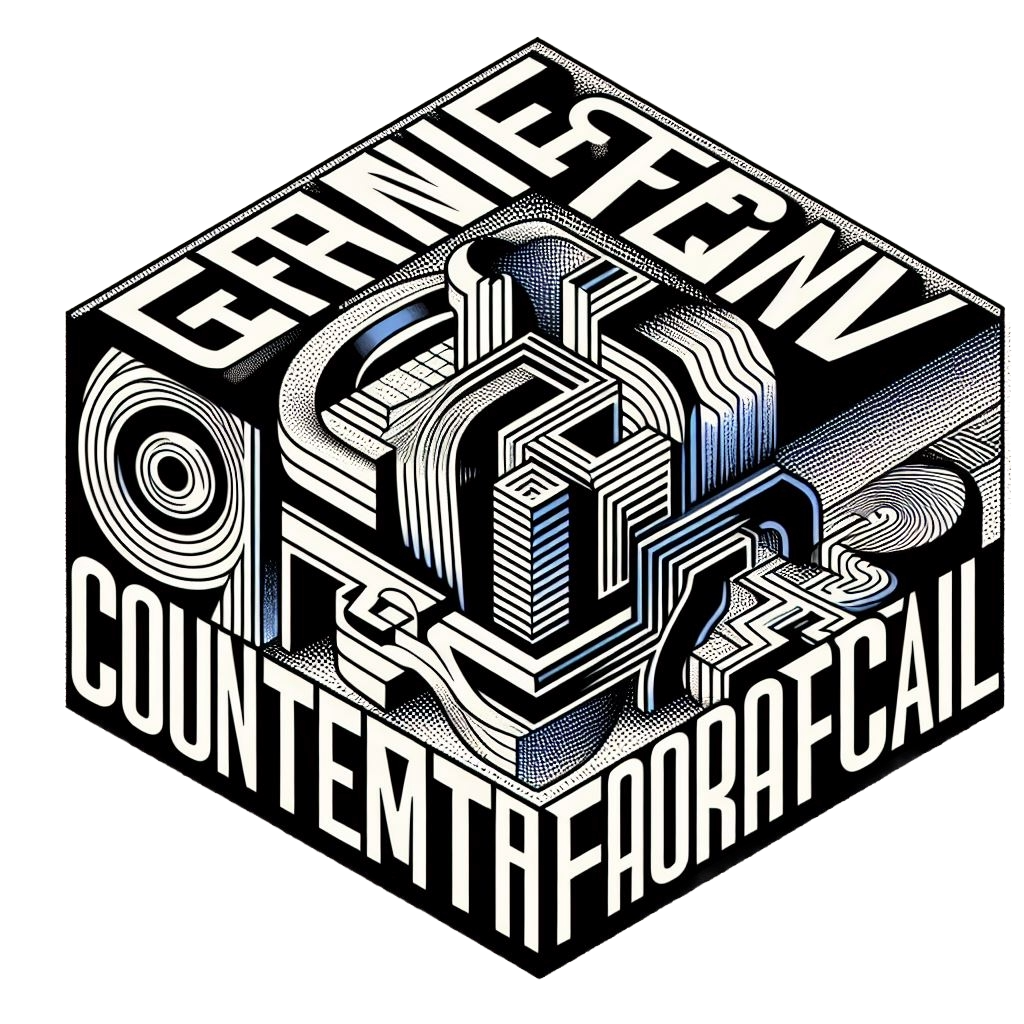
Generative Methods for Counterfactual Explanations
Counterfactual Explanation (CE) techniques have garnered attention as a means to provide insights to the users engaging with AI systems. While extensively researched in domains such as medical imaging and autonomous vehicles, Graph Counterfactual Explanation (GCE) methods have been comparatively under-explored. GCEs generate a new graph akin to the original one, having a different outcome grounded on the underlying predictive model. Among these GCE techniques, those rooted in generative mechanisms have received relatively limited investigation, despite demonstrating impressive accomplishments in other domains, such as artistic styles and natural language modelling. The preference for generative explainers stems from their capacity to generate counterfactual instances during inference, leveraging autonomously acquired perturbations of the input graph. Motivated by the rationales above, our study introduces RSGG-CE, a novel Robust Stochastic Graph Generator for Counterfactual Explanations able to produce counterfactual examples from the learned latent space considering a partially ordered generation sequence. Furthermore, we undertake both quantitative and qualitative analyses to compare RSGG-CE’s performance against SoA generative explainers, highlighting its increased abilities in engendering plausible counterfactual candidates.
The GRETEL Framework is available at this link.
Why Counterfactual Explanations on Graphs?
Machine Learning (ML) systems are a building part of the modern tools that impact our daily lives in several application domains. Graph Neural Networks (GNN), in particular, have demonstrated outstanding performance in domains like traffic modeling, fraud detection, large-scale recommender systems, and drug design. However, due to their black-box nature, those systems are hardly adopted in application domains where understanding the decision process is of paramount importance (e.g., health, finance). Explanation methods were developed to explain how the ML model has taken a specific decision for a given case/instance. Graph Counterfactual Explanations (GCE) is one of the explanation techniques adopted in the Graph Learning domain. GCEs provide explanations of the kind “What changes need to be done in the graphs to change the prediction of the GNN.” Counterfactuals provide recourse to users, allowing them to take actions to change the outcomes of the decision systems while allowing the developers to identify bias and errors in the models. The following figure shows how conterfactual explanations can be used in drug discovery be identifying molecular structures associated to undesired effects and changing them transforming cephallexin into amoxicillin.



